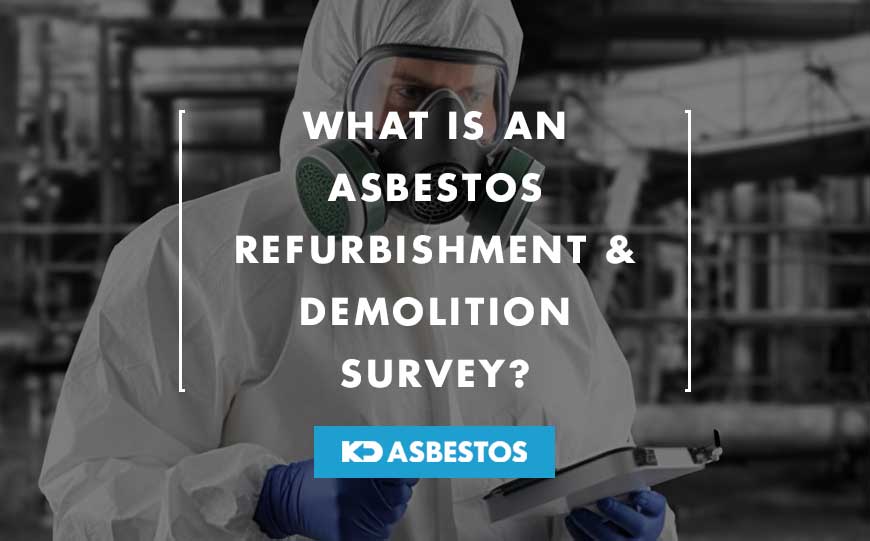
Asbestos, once hailed for its versatility, is now recognized as a hazardous material with severe health risks.
During refurbishment or demolition projects, an Asbestos Refurbishment & Demolition (R&D) Survey becomes crucial.
Understanding the intricacies of this survey is essential for safeguarding both workers and occupants from the dangers associated with asbestos exposure.
Table of Contents
What is an Asbestos Refurbishment & Demolition (R&D) Survey?
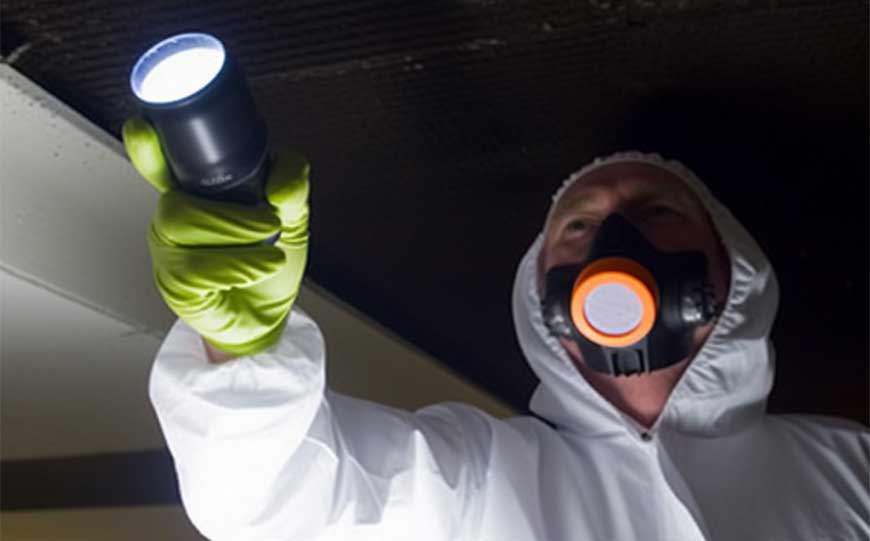
Conducting an Asbestos Refurbishment & Demolition (R&D) survey is a comprehensive process designed to meticulously inspect specific areas within a building slated for refurbishment or demolition.
Its primary objective is to pinpoint and evaluate any asbestos-containing materials (ACMs) that could potentially be disturbed during the intended refurbishment or demolition activities.
This survey is particularly critical because it extends beyond surface-level assessments.
The use of intrusive measures becomes essential, allowing surveyors to access concealed or less visible areas where asbestos might be present.
These measures include lifting floor coverings, breaking through walls, and accessing voids or ceiling spaces to unveil hidden asbestos materials.
By adopting such thorough examination techniques, the survey aims to leave no stone unturned, ensuring that even the most concealed instances of asbestos are identified and appropriately managed.
Why is an Asbestos R&D Survey Needed?
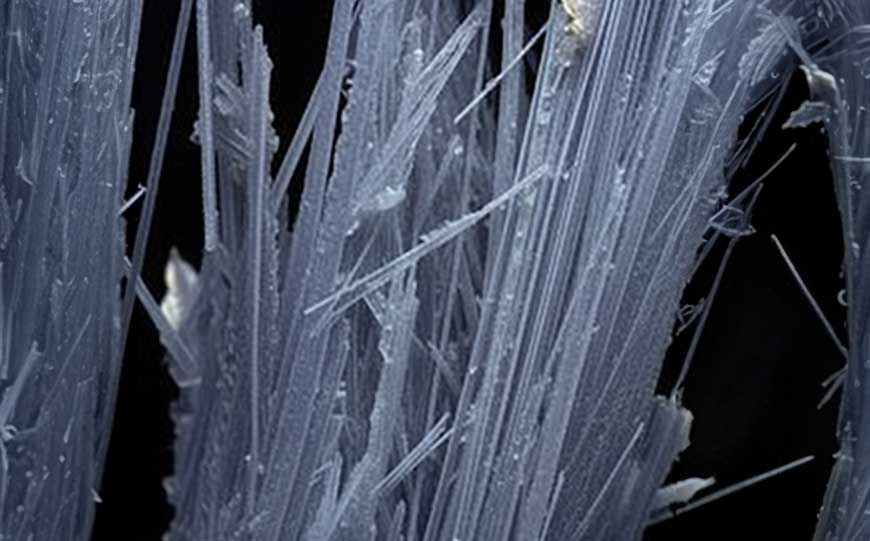
The imperative for an Asbestos R&D survey stems from the inherent risks associated with potentially disturbing ACMs during refurbishment or demolition endeavours.
The consequences of disturbing asbestos without due precautions can be severe, as it may lead to the release of hazardous asbestos fibres into the air.
These airborne fibres, if inhaled, pose serious health risks, including respiratory complications and other asbestos-exposure related health risks.
The primary objective of the Asbestos R&D Survey is to proactively identify and assess the presence of ACMs within structures earmarked for refurbishment or demolition.
By doing so, the survey acts as a pivotal preventive measure, ensuring that any potential asbestos hazards are addressed before any construction or demolition work commences.
This meticulous approach is fundamental for safeguarding the health and well-being of workers, inhabitants, and anyone in the vicinity of the construction site.
Disturbing ACMs without the awareness of their presence and without implementing proper precautions not only endangers the immediate workforce but also poses potential risks for those residing in or around the affected structures.
Asbestos-related health issues, including asbestosis, lung diseases and cancers, can manifest years after exposure.
The Asbestos R&D survey serves as a proactive strategy to mitigate these risks by systematically identifying and appropriately managing ACMs, thereby reducing the likelihood of inadvertent asbestos exposure during subsequent construction activities.
What Happens in an Asbestos R&D Survey?
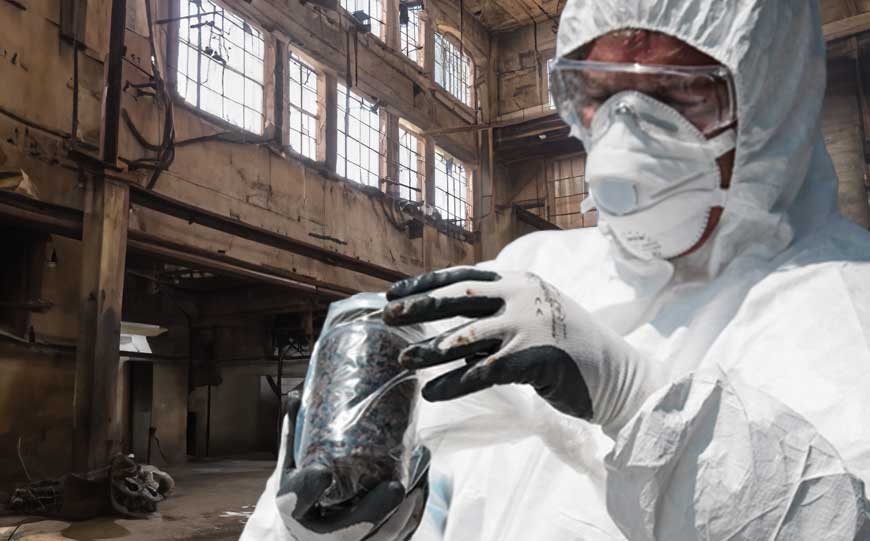
During an Asbestos R&D Survey, a certified asbestos surveyor conducts a thorough examination of the designated areas, employing both visual inspections and destructive testing if necessary.
The surveyor aims to uncover any potential ACMs that could be disturbed during the proposed refurbishment or demolition activities.
This involves accessing concealed spaces, lifting floor coverings, breaking through walls, and examining voids or ceiling spaces to unveil hidden asbestos materials.
Sampling
Sampling is a crucial aspect of the survey.
The surveyor collects samples of suspected materials, which are then sent to a laboratory for detailed analysis.
The laboratory analysis provides precise information about the presence, type, and condition of asbestos within the surveyed areas.
This data forms the basis for the comprehensive report generated at the end of the survey.
Documentation
The surveyor meticulously records the location and extent of identified ACMs, assessing their condition and the potential risks associated with their disturbance.
This detailed documentation is essential for subsequent refurbishment or demolition activities, helping stakeholders make informed decisions about the safe handling or removal of asbestos materials.
The detailed report generated after the survey serves as a valuable resource, providing a roadmap for the safe execution of construction activities while minimising the risks associated with asbestos exposure.
Who Needs to Have an Asbestos R&D Survey?
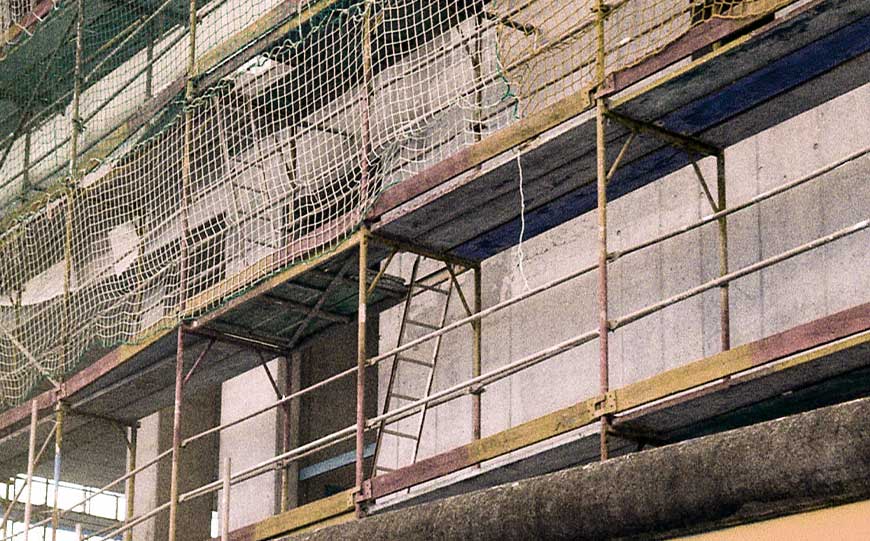
An Asbestos R&D survey is a legal requirement for anyone planning refurbishment or demolition activities in structures built before the year 2000.
This regulatory mandate applies to a broad spectrum of stakeholders, including property owners, contractors, developers, and individuals overseeing construction projects.
Property owners contemplating renovations or demolition are obligated to commission an Asbestos R&D Survey to ensure compliance with the Control of Asbestos Regulations 2012.
Contractors and developers, responsible for executing refurbishment or demolition work, must also arrange for this survey to identify and manage any ACMs present in the designated areas.
The legal obligation extends to those overseeing construction projects, emphasising the shared responsibility in mitigating asbestos-related risks.
The requirement for an Asbestos R&D Survey underscores the commitment to protecting workers and the public from potential asbestos exposure during construction activities.
Ultimately, anyone involved in refurbishment or demolition projects, irrespective of their role, needs to prioritise the safety of all stakeholders by adhering to the legal mandate for an Asbestos R&D survey before commencing work on structures constructed before 2000.
What are the Possible Outcomes of an Asbestos R&D Survey?

Upon completion of an Asbestos R&D Survey, the outcomes are diverse and critical for informed decision-making.
The survey may confirm the absence of ACMs within the surveyed areas, providing reassurance for planned refurbishment or demolition activities.
Alternatively, it may identify the presence of ACMs, necessitating careful consideration of the associated risks.
In cases where ACMs are found, the survey report becomes a pivotal document outlining recommended actions.
The proposed measures can range from removal, encapsulation, or other appropriate management strategies to ensure a safe working environment.
Who can do an Asbestos R&D Survey?
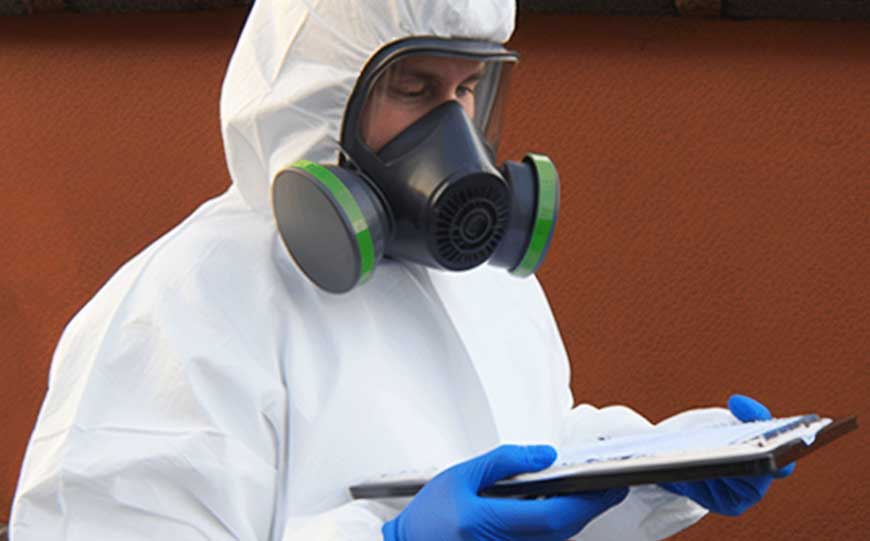
In the UK, conducting an Asbestos Refurbishment & Demolition survey requires the expertise of competent and accredited professionals.
Specifically, surveyors must hold qualifications in asbestos surveying, such as the P402, and have acquired sufficient training and experience to conduct intrusive inspections.
These professionals adhere to guidelines set forth by regulatory bodies, such as the Health and Safety Executive (HSE) or United Kingdom Accreditation Service (UKAS), ensuring the thoroughness and accuracy of the survey.
Qualified asbestos surveyors possess the necessary skills to perform detailed examinations, employ intrusive measures, and interpret survey results accurately.
Their competence extends to collecting samples for laboratory analysis, assessing the condition of identified ACMs, and determining the appropriate management strategies.
Certified asbestos surveyors are often affiliated with professional bodies or accreditation schemes, providing assurance of their expertise and adherence to industry standards.
Engaging such professionals is essential to comply with legal requirements and to guarantee the effectiveness of the survey in identifying and managing potential asbestos hazards.
For asbestos R&D surveys and any other issues you have with asbestos, get it touch with us at KD Asbestos.
Do you Legally Need to Have an Asbestos R&D Survey?

The Control of Asbestos Regulations 2012 established a mandatory requirement for this survey, reflecting the commitment to safeguarding the health and well-being of workers and the public.
These regulations are in place to mitigate the potential risks associated with the inadvertent release of asbestos fibres.
Compliance with the Control of Asbestos Regulations 2012 is not just a legal obligation; it is a crucial step towards ensuring a safe working environment.
Adhering to these regulations protects workers involved in refurbishment or demolition projects from the health hazards associated with asbestos exposure.
If someone is found to be breaking these regulations, they could face a fine up to £20,000 or 6 months in prison.
What is the Difference Between an Asbestos R&D Survey and an Asbestos Management Survey?
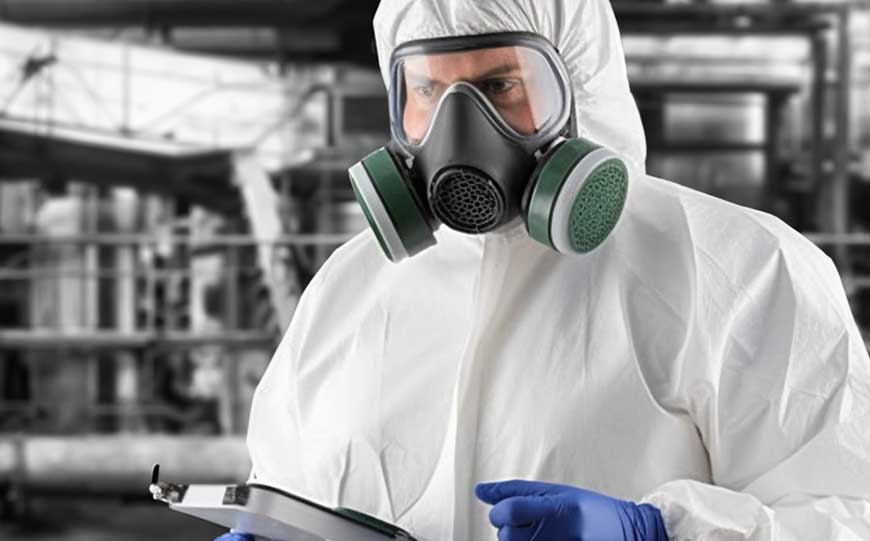
The distinction between an Asbestos R&D Survey and a standard Asbestos Management survey lies in the level of detail and the extent of the examination.
A standard Asbestos Management Survey, which provides a broad overview of asbestos-containing materials (ACMs) within a structure, the R&D survey delves deeper.
The R&D survey provides a more in-depth understanding of the asbestos landscape within specific areas marked for refurbishment or demolition.
This precision is crucial for planning and executing construction activities safely, as it allows for the implementation of effective asbestos management strategies based on the unique conditions of the designated zones.
Conclusion
An Asbestos R&D survey is a critical step in ensuring the safe execution of renovation or demolition projects.
Its significance lies in the identification and management of asbestos-containing materials, protecting the health of those involved and preventing environmental contamination.
Complying with legal requirements and engaging qualified professionals for the survey is not just a necessity but a responsible step towards creating a secure working environment in the face of asbestos-related hazards.
For more information on asbestos R&D surveys, and anything asbestos related, please do contact us here at KD Asbestos.